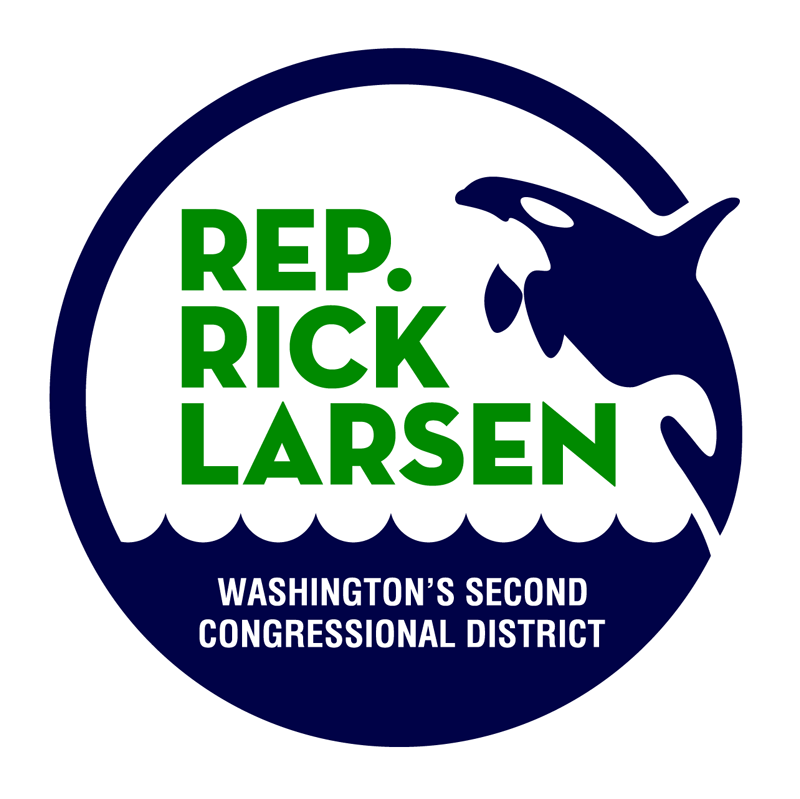Story
Everett Herald: Infrastructure act building equity for Americans, tooThe federal spending plan is ensuring its investments reach underserved communities and individuals.
Everett, WA,
July 24, 2022
The Infrastructure Investment and Jobs Act makes a significant down payment on a system that works for all people, but it is not a “set-it-and-forget-it” investment. As the law’s implementation proceeds, I will continue to work closely with local, state and Tribal leaders to ensure all people and the economy continue moving in the right direction.
Eight months ago, President Biden signed the Infrastructure Investment and Jobs Act. Over the next five years, the law will inject at least $8.5 billion into Washington state infrastructure that has its foundation in the 1950s — roads, bridges, transit, airports, ferries, waterways and railways — as well as new innovative infrastructure that will last well into the 2050s and beyond: broadband, electric vehicle chargers and climate-resilient structures. The word “equity” appears roughly 70 times throughout the law’s text, but what does “equity” mean in the context of building bridges, electrifying buses and delivering high-speed internet? Transportation equity issues come in many forms; something I am learning as I meet with stakeholders, elected officials and community leaders from across my district, the state and the country. Investing in underserved communities: Equity means investing in underserved communities. Infrastructure investments made in the 1950s transformed the Pacific Northwest economy. However, the construction of the Interstate Highway System displaced and divided communities, often in underserved areas. On July 14, the U.S. Department of Transportation opened the application process for a $1 billion pilot program to help identify and remove or retrofit highway infrastructure that created barriers in our communities. Thanks to the infrastructure law, local communities will enjoy improved access to jobs, education, social services and more. To ensure these investments are equitably administered, Congress, the administration and local stakeholders need data that accurately reflects where gaps exist in the U.S. transportation system. This data should also include the ability of minority-owned businesses to access construction funding made available by the infrastructure law. There is much more work to be done to make the regional transportation system safer and more equitable for all people to get to and from work, school and recreation opportunities. For example, I recently learned Island Transit’s bus service ends before Oak Harbor’s Walmart employees working the overnight shift finish work. Even though Island Transit does not currently charge bus fares, free transit only helps people if the service runs when and where they need it. Island Transit plans to add service that runs later in the day, but other Washington communities face similar challenges in working to ensure more people can access opportunities. Delivering for smaller communities: Equity means including smaller communities in the funding process. One concern I have heard from local leaders and stakeholders in my district is the difficulty smaller communities face in applying for competitive grant funding under the bipartisan infrastructure law. Historically, these communities have limited capacity to design and apply for infrastructure funding and limited capacity to manage complex permitting and construction. Smaller jurisdictions in my district are often in greatest need of federal investment. For example, in November 2021, the same month President Biden signed the infrastructure law, storms caused record flooding in communities near the Nooksack and Skagit Rivers. San Juan and Island counties already face a significant risk of coastal erosion. Flooding also threatens the city of Stanwood, with nearly 2,000 acres of prime agricultural lands and the only highway access to Camano Island. I have raised these concerns to the administration, including in recent meetings with Mitch Landrieu, President Biden’s senior adviser and infrastructure coordinator. Closing the digital divide: Equity means bringing all Washingtonians into the digital age. Washingtonians rely on high-speed internet to access education, civic tools, health resources and job information. However, 1 in 10 Washington state households currently lack internet access. In January, I met with internet service providers and policy leaders across the Second District to discuss challenges to expanding broadband access, including the need for more accurate and reliable data and maps. The infrastructure law invests at least $100 million over the next five years to improve connectivity across the state, including for the 241,000 Washingtonians without internet access. Additionally, thanks to the law, more than 1.4 million state residents are now eligible for up to $30 off their monthly internet bill. Making airports more accessible: Equity means improving accessibility. Last Congress, I chaired a roundtable and a congressional hearing to better understand the challenges passengers with disabilities face with boarding aircraft, inaccessible lavatories, inappropriate screening techniques, damaged wheelchairs and more. The infrastructure law invests $5 billion over the next five years to make airport terminals more accessible. This includes $10 million for Seattle-Tacoma International Airport to bring bathrooms on concourses B, C and D into ADA compliance and construct service animal relief areas. The Infrastructure Investment and Jobs Act makes a significant down payment on a system that works for all people, but it is not a “set-it-and-forget-it” investment. As the law’s implementation proceeds, I will continue to work closely with local, state and Tribal leaders to ensure all people and the economy continue moving in the right direction. |
